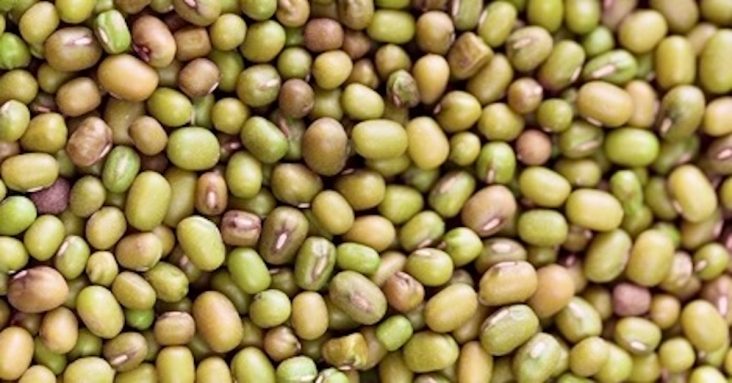Chinese soybean imports plummet
by June 18, 2025 3:00 pm 1,007 views

Tariffs, low commodity prices, historic rains, spiraling input costs, and a lack of an updated Farm Bill have left many row crop producers in the doldrums, and some have decided not to farm at all this year.
Prices for all traditional row crops grown in the Arkansas Delta – soybeans, corn, rice, and cotton – have been down, but soybean prices had been slightly better. They may have another hit coming.
The largest soybean importer in the world, China, imported far less U.S. soybeans in April when compared to the same month in 2024, according to the U.S. Department of Agriculture (USDA). The country imported 1.38 million metric tons that month, a 43.7% drop from the same month last year. Brazil, the world’s leading soybean producer, had its exports to China drop by more than 22% in April, as well.
Part of its drop in purchasing is because China has a lot of soybeans on hand. China is projected to hold about 36% of global soybean stocks, an estimated 43.86 million metric tons by the end of 2025. It’s well above the 16.64 million metric tons reported in 2015, slightly below the 46.01 million metric tons in 2024, and about the same as the estimated 43.3 million metric tons in 2023, according to USDA’s Economic Research Service.
China has attempted to expand its domestic soybean crop in recent years. It’s estimated that during the last decade the country has added about 9 million soybean acres. Those acres have produced additional production of about 8.6 million metric tons or roughly 317 million bushels.
“China has been trying to increase their own soybean production and that has contributed to their stockpile. USDA data indicate that China’s increase in soybean acres has plateaued over the last three years. Today, the average soybean yield in China is about 30 bushels per acres,” said agriculture economist Scott Stiles.
Ironically, soybeans were first cultivated more than 6,000 years ago in China. Soybeans are used to feed livestock in the country, mostly swine.
The USDA projects that the 2024-25 marketing year will have record-high global ending stocks at 123.18 million metric tons, up nearly 8 million metric tons from last year’s record of 115.3 million metric tons.
Stiles said the threat of tariffs led the Chinese to buy a lot of soybeans late last year and the first several months of this year.
“China’s demand for U.S. soybeans ramped up last fall as it became more apparent Trump could be re-elected and another round of tariffs possible,” he said. “Plus, soybean prices were at a five-year low so it was a great time to stock up. Too, the 2024 U.S. crop was harvested at very low moisture and China recognized the 2024 U.S. soybean crop would store well.”
Due to the trade war and its massive soybean reserves at this time, Stiles said the Chinese have no need to buy soybeans from the U.S. China has made it clear they would rather deal with South American countries to get soybeans rather than the U.S. even though soybeans grown here are typically better quality and have higher amounts of protein.
“At the present time, there is no urgency for China to buy soybeans from the U.S.,” Stiles said. “China has some soybean reserves of its own and Brazil just harvested a record crop. China also recently inked a new $1 billion ag trade agreement with Argentina for soybeans.”
Soybeans are the most widely grown crop in Arkansas and the USDA projected about 3 million acres would be grown in the state this year. The Natural State ranks as the tenth highest soybean producing state in the country. In 2024, the average yield per acre in the state was 57 bushels.
